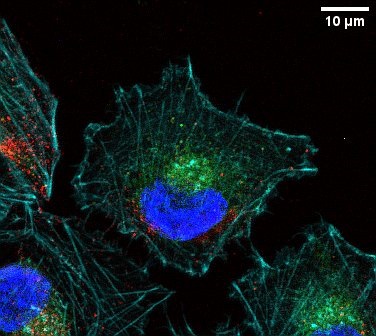Curiosity Rover Unearths Ancient Groundwater Evidence on Mars

NASA's Curiosity rover has made a groundbreaking discovery on Mars, unveiling compelling evidence of ancient groundwater in a previously unexplored region of the Gale Crater. This significant finding, announced on June 23, 2025, occurs near Mount Sharp, where the rover has been conducting geological assessments since its landing in 2012.
The rover identified crisscrossing low ridges, some merely inches tall, which exhibit a unique boxwork pattern. These geological formations suggest that the bedrock beneath them was shaped by groundwater seeping through the rock, depositing minerals over eons. As the Martian oceans evaporated and the surface eroded, these minerals solidified, forming the distinct ridges observed today.
According to Ashwin Vasavada, Curiosity's project scientist at NASA's Jet Propulsion Laboratory (JPL), "A big mystery is why the ridges were hardened into these big patterns and why only here." This exploration site represents a singular region where such formations have been detected, eluding even the orbiters that have surveyed Mars from above. As Curiosity continues its mission, the team plans to analyze the mineral cements and ridges to validate their hypotheses on their origins.
The implications of this discovery extend beyond mere geological interest. The presence of these ridges indicates that groundwater was active on Mars long after the planet began to dry out. The current exploration site is rich in magnesium sulfates, minerals that typically form in environments where water has evaporated. Furthermore, the distinct composition of the boxwork ridges, which contain tiny fractures filled with white veins of calcium sulfate, underscores the interplay between water and rock over billions of years.
In this phase of its mission, Curiosity will pulverize rock samples for detailed analysis, seeking organic molecules that may offer insights into whether this region could have harbored life in its ancient past. This discovery not only enriches our understanding of Mars' climatic history but also fuels ongoing discussions about the planet's potential for past habitability.
The Curiosity rover's findings come amid a broader context of Martian exploration, which has gained momentum with various missions aimed at unraveling the planet's mysteries. Similar discoveries have been made by other missions, including the Perseverance rover, which is actively searching for signs of ancient microbial life. As missions continue to unveil the history of Mars, scientists remain hopeful about uncovering further evidence that could reshape our understanding of the planet's evolution.
As exploration efforts advance, the collaboration among national space agencies, including NASA and the European Space Agency, will be pivotal in expanding our knowledge of Mars. Future missions are being planned to return samples from Mars and conduct in-situ analyses that could provide even more clarity on the planet's past environments and the potential for life beyond Earth.
In conclusion, the discovery of ancient groundwater by the Curiosity rover not only marks a significant milestone in Martian exploration but also raises critical questions about the planet's geological history and its capacity to support life. The ongoing investigations will likely yield transformative insights that could influence future explorations and our understanding of planetary habitability across the solar system.
Advertisement
Tags
Advertisement





